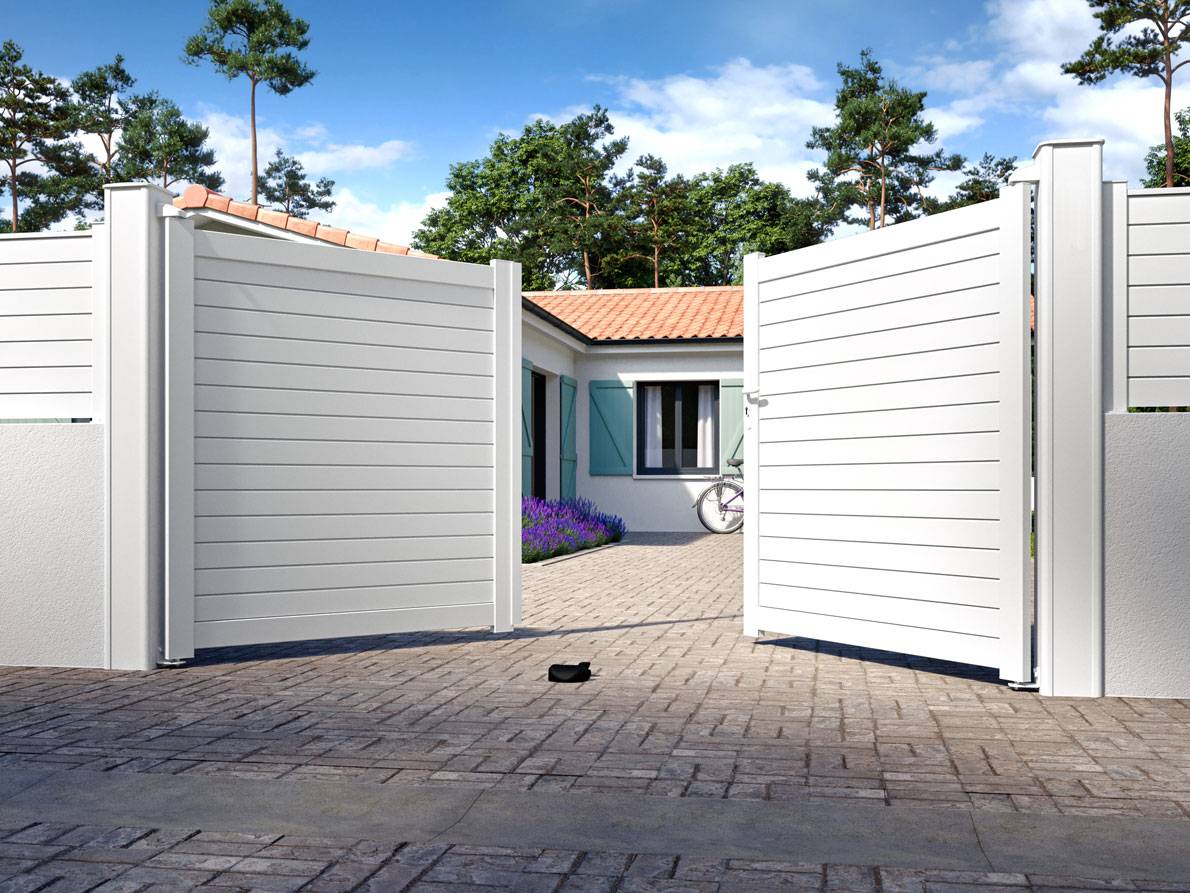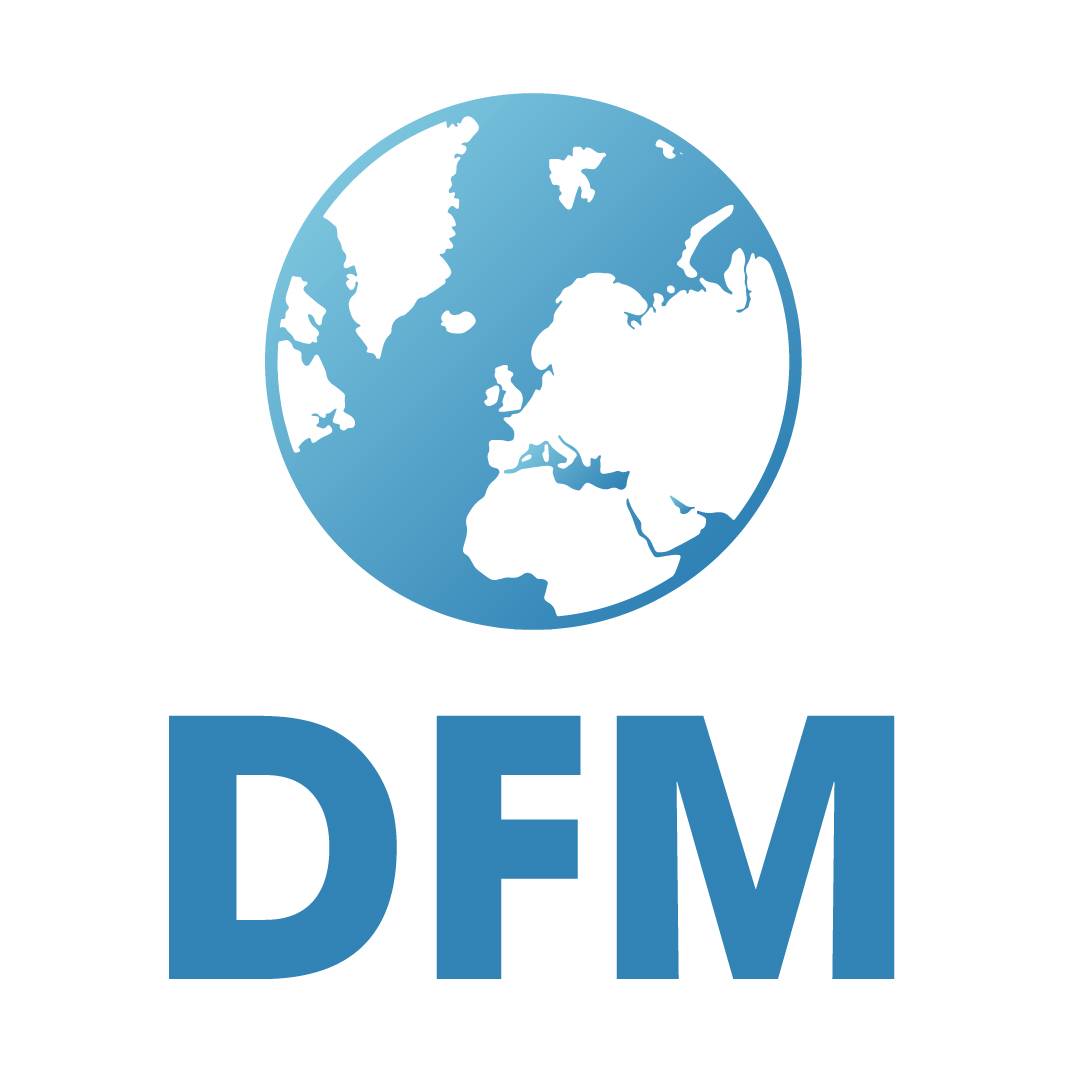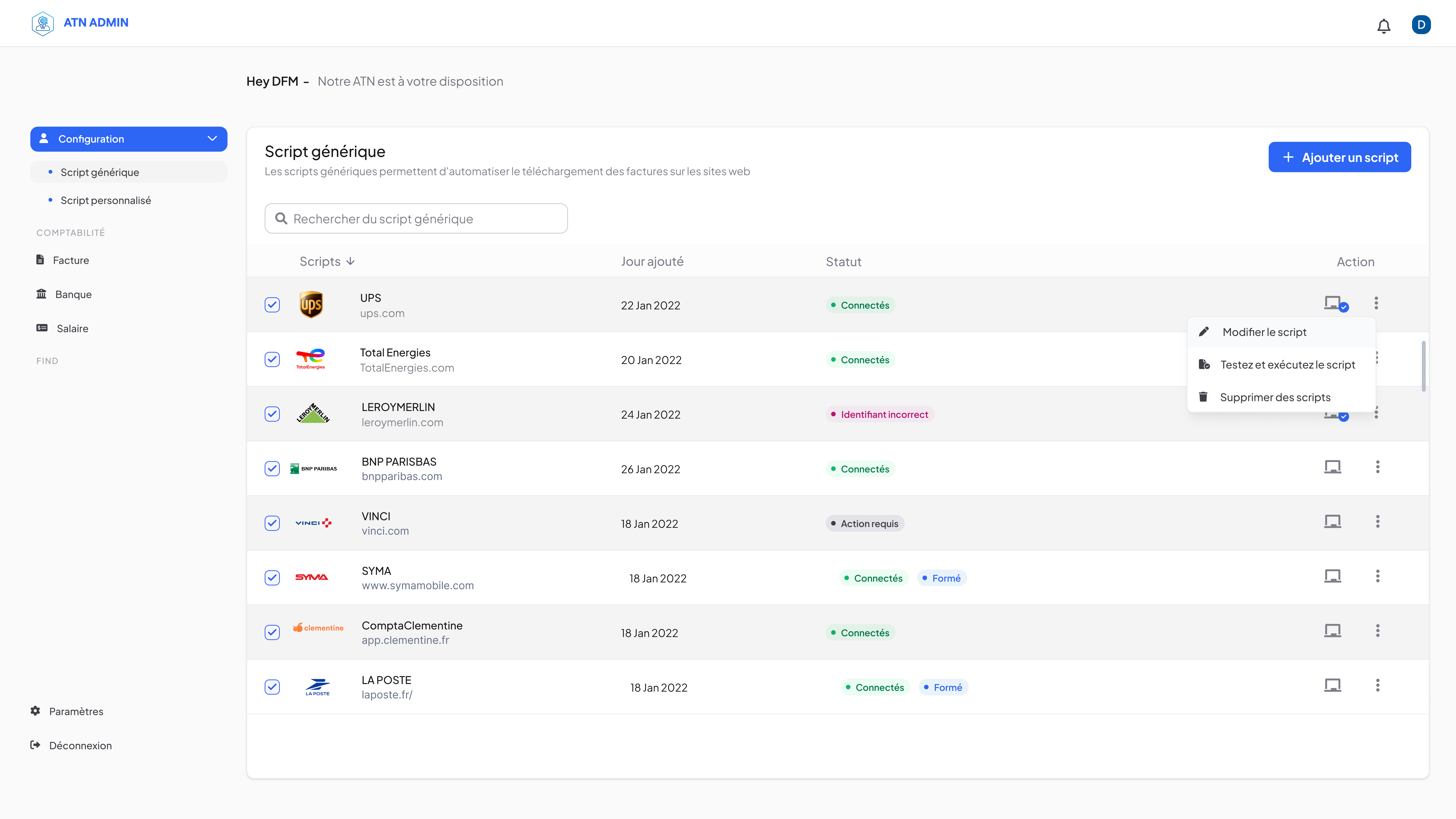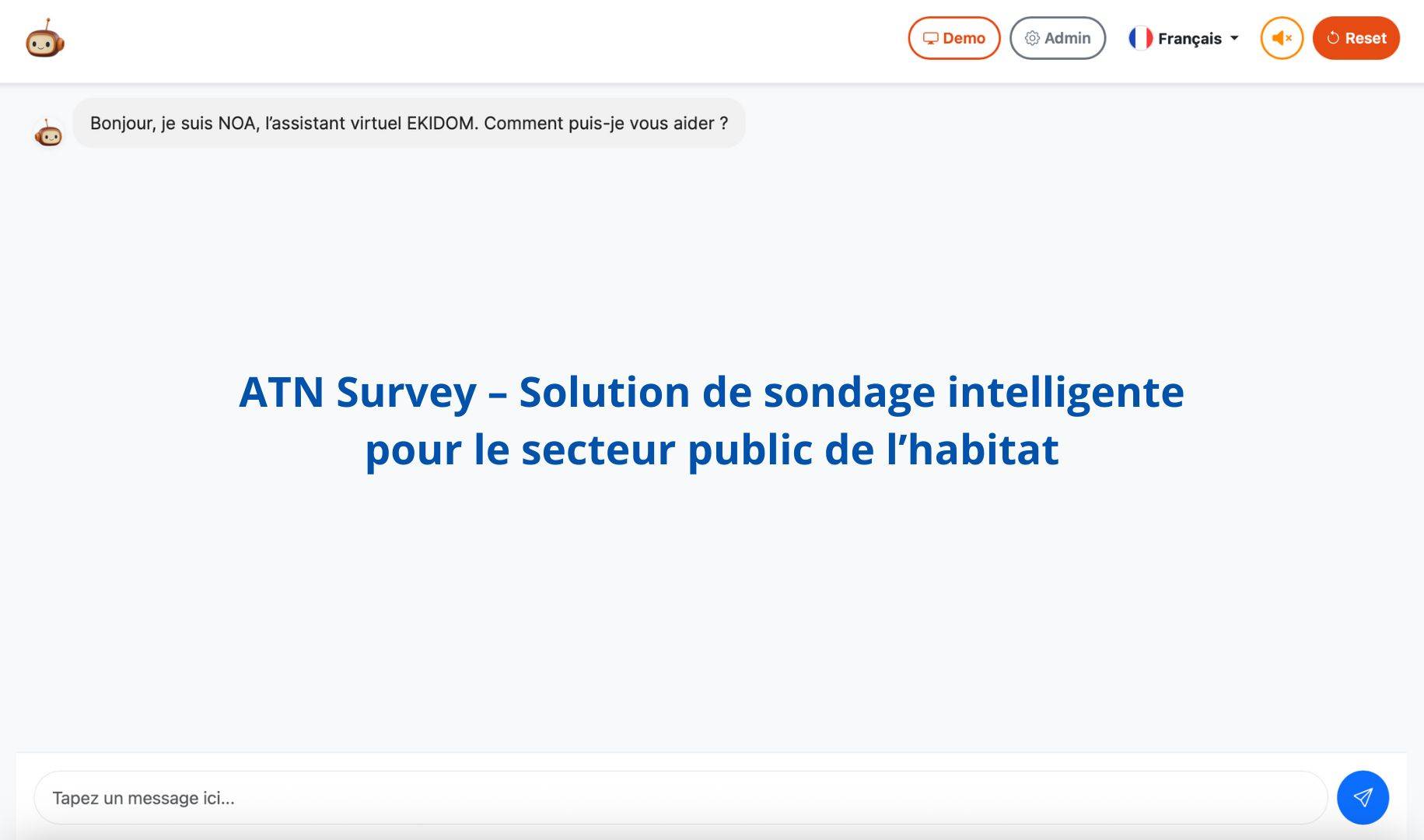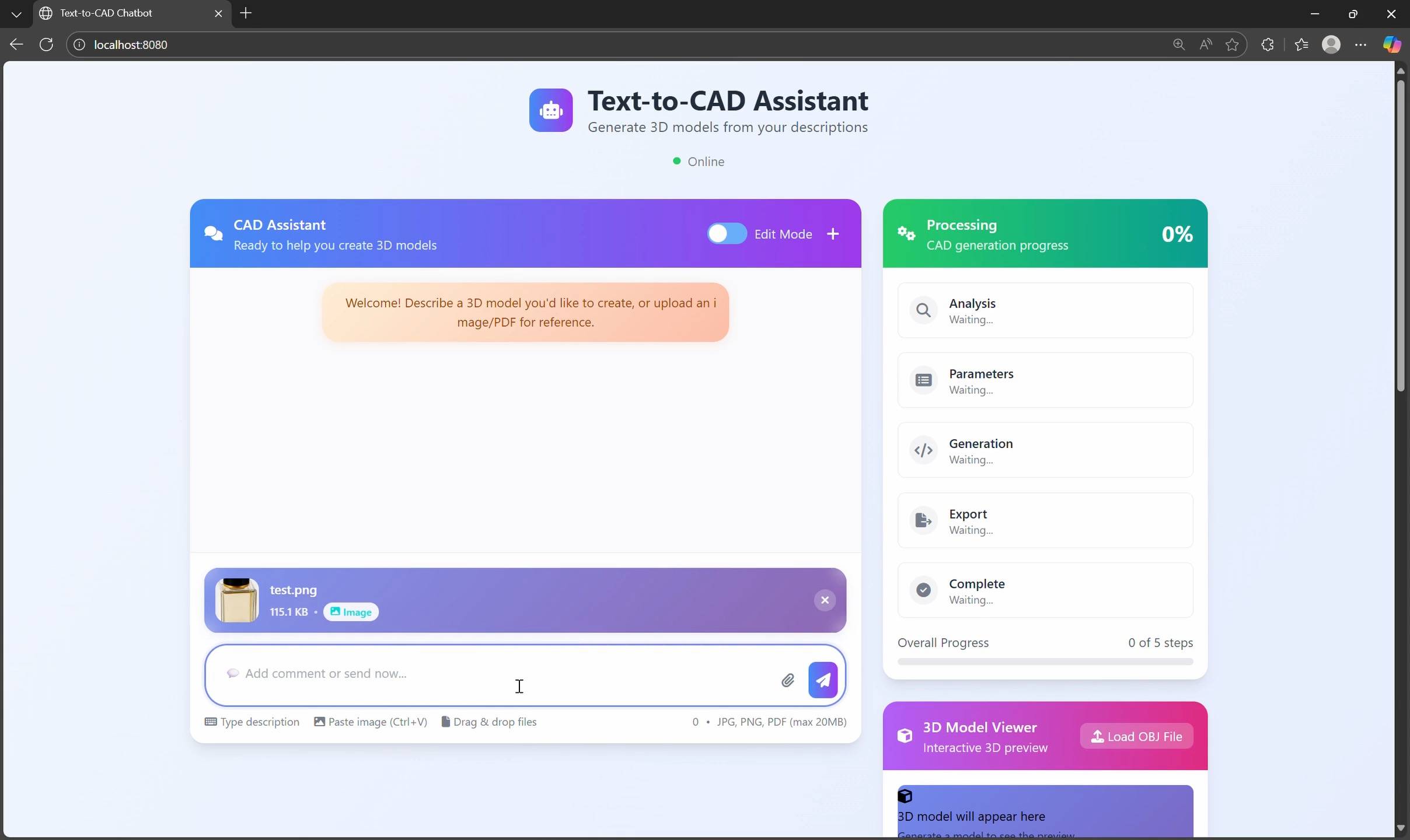From Customer Request to Manufacturing Plan: a Gate Designed in Just a Few Minutes
1. Context: an Industrial Sector in Transformation
In the manufacturing industry, customer expectations are evolving rapidly: ever shorter delivery times, increased customization, and strict compliance with standards. Companies must therefore optimize their methods to remain competitive.
Engineers already have access to powerful tools like SolidWorks. These software programs are not difficult for experienced professionals to use, but day-to-day reality is different: a large part of their time is absorbed by repetitive and time-consuming tasks with little added value. This loss of time slows down innovation and creativity.
This is precisely where digital assistants (ATN) make sense: they do not replace human expertise but automate mechanical operations, freeing up time so engineers can focus on more strategic tasks.
2. A Concrete Challenge: Gate Design
Before the implementation of ATN Portail, the design process relied on a heavy manual workflow. The client filled out a purchase order, sometimes handwritten or scanned, which the engineer then had to re-enter point by point into SolidWorks. Every dimension and option (height, width, bars, patterns, motorization) had to be entered manually.
The main issue was repetition. Gate collections often share similar characteristics. As a result, the engineer had to repeat the same actions over and over again: parameterizing, adapting an existing model, checking, correcting, exporting… a cycle that created fatigue, monotony, and a considerable loss of time. Over time, this mechanical work also increased the risk of errors, even for the best professionals.
At the same time, file management further complicated the workflow: the purchase order was stored on one side, the model in SolidWorks, and then exported to a separate ERP to edit the bill of materials and the quotation. All these steps multiplied the risk of information loss.
3. The ATN Portail Solution: Automate and Integrate
To simplify this process, myATN Tech developed ATN Portail, a digital assistant directly integrated into SolidWorks and connected to the company’s other tools.
Its operation is simple:
-
The purchase order is read automatically by the ATN. The data is extracted and directly integrated into the software.
-
The engineer can still adjust parameters or add missing details.
-
The 3D model of the gate is generated instantly in SolidWorks, matching the chosen criteria.
-
If needed, the engineer can refine the model before exporting the 2D plans for manufacturing.
-
At the same time, the system generates the quotation and bill of materials, synchronized with the ERP.
The real strength of ATN Portail lies in its ability to integrate multiple systems into a single platform. Where previously data had to be transferred manually from one file to another, everything is now connected: purchase order, CAD, quotation, and production. This continuous flow drastically reduces the risk of information loss and brings a new level of fluidity to industrial processes.
4. Results Achieved
The results observed by our client are significant:
-
Design time decreased by 70 to 80%, freeing up valuable hours for more complex projects.
-
Overall productivity was strengthened, with better resource allocation.
-
The error rate in plans dropped, improving reliability and delivered quality.
-
Data is now secured and controlled within a sovereign environment that complies with European standards.
This gain in time and reliability was not limited to the design office: it had a direct impact on customer satisfaction, thanks to shorter lead times and better cost predictability.
5. A Methodology Beyond Gates
The experience with ATN Portail goes beyond the product itself. It demonstrates that any repetitive technical process can be transformed into a fast, reliable, and integrated workflow.
This logic can be applied to:
-
the design of modular structures,
-
technical networks (piping, electricity),
-
recurring industrial plans,
-
or any project where repetitive operations slow teams down.
In other words, ATN Portail is not a standalone solution: it is part of a broader vision of industry-specific digital assistants, designed to support European industry in its modernization.
6. A Perspective for European Industry
Beyond the specific case of gate design, this project illustrates a deeper trend: targeted automation in service of human experts. In a context where competitiveness depends as much on speed as on quality, digital assistants are becoming strategic allies.
They do not replace engineering know-how; they amplify it. By removing the burden of repetitive tasks, they give teams the opportunity to innovate, improve design quality, and increase the added value of their work.
For French and European industry, this type of solution also strengthens digital sovereignty: sensitive data remains under control, stored locally, and compliant with regulatory standards.
Conclusion
With ATN Portail, what once required several hours and multiple manipulations now takes only a few minutes. The engineer remains at the heart of the process, but with tools that enhance efficiency and secure deliverables.
This project demonstrates that the future of industry does not lie in dehumanized automation but in intelligent collaboration between human expertise and digital solutions designed to ease the weight of repetitive tasks. It is in this synergy that the sustainable competitiveness of industrial companies in France and Europe will be built.

